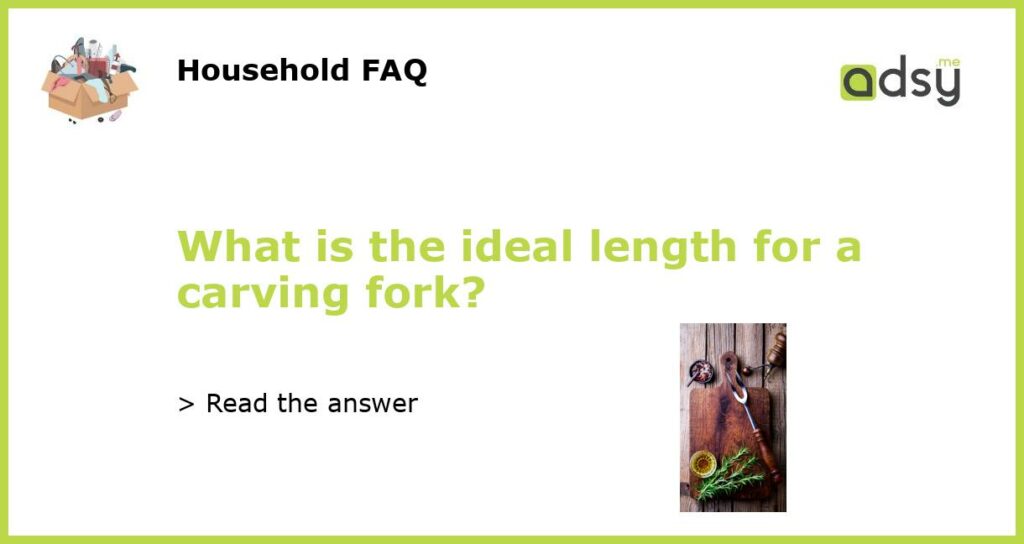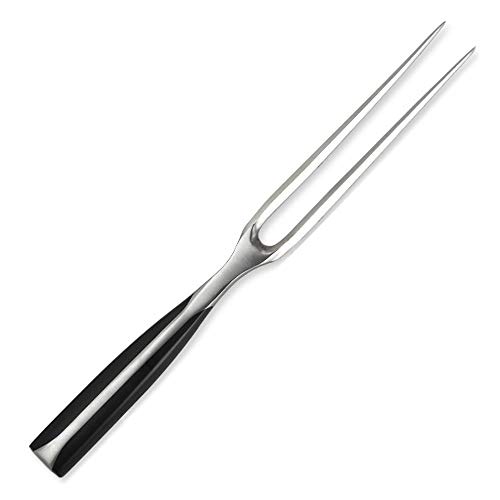The importance of choosing the right carving fork length
Carving forks are commonly used in the kitchen for tasks such as holding a roast in place while carving or transferring large pieces of meat from the oven to the serving platter. But how do you choose the right fork length for your needs?
Factors to consider when selecting a carving fork length
One important factor to consider is the size of the meat you’ll be carving. If you typically work with smaller cuts of meat, a shorter fork (around 6-8 inches) will suffice. However, if you often work with larger roasts or turkeys, a longer fork (10-12 inches) will provide better stability and control when transferring the meat.
The drawbacks of using a fork that’s too short or too long
Using a carving fork that’s too short can be dangerous, as it increases the risk of accidentally touching the hot meat or burning yourself on the roasting pan. On the other hand, a fork that’s too long can be unwieldy and difficult to control, especially when trying to transfer the meat to a separate platter.
Other factors to consider when choosing a carving fork
Aside from length, other factors to consider when selecting a carving fork include the material it’s made from (stainless steel or carbon steel), the weight of the fork (a heavier fork may be easier to handle), and the handle design (a comfortable grip is important for avoiding fatigue during long periods of use).






